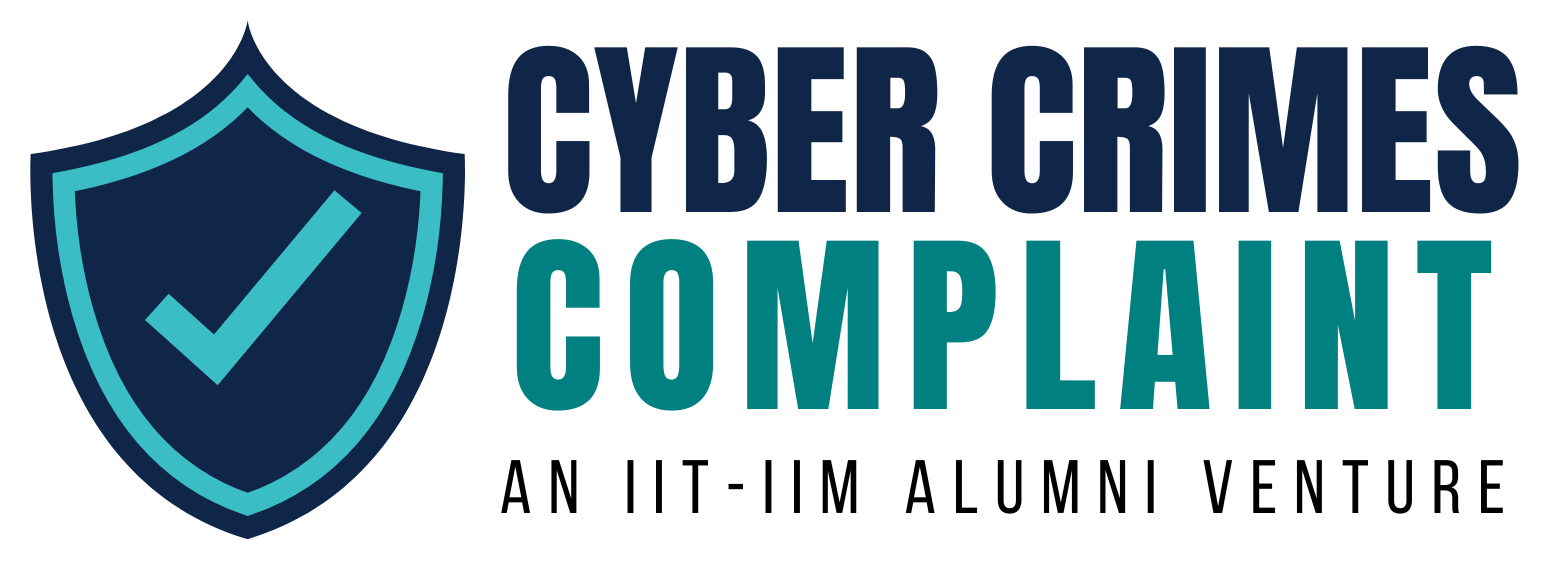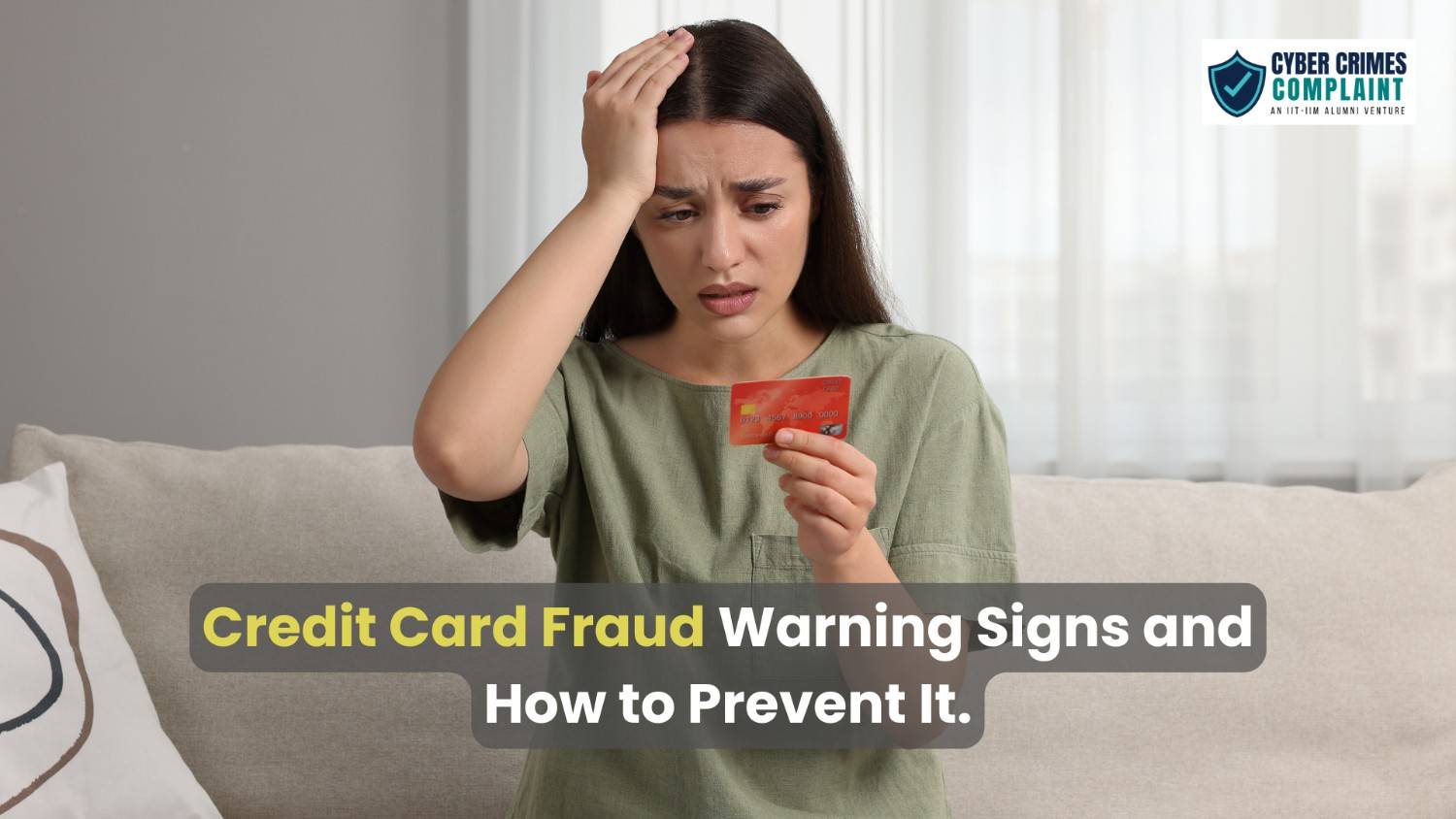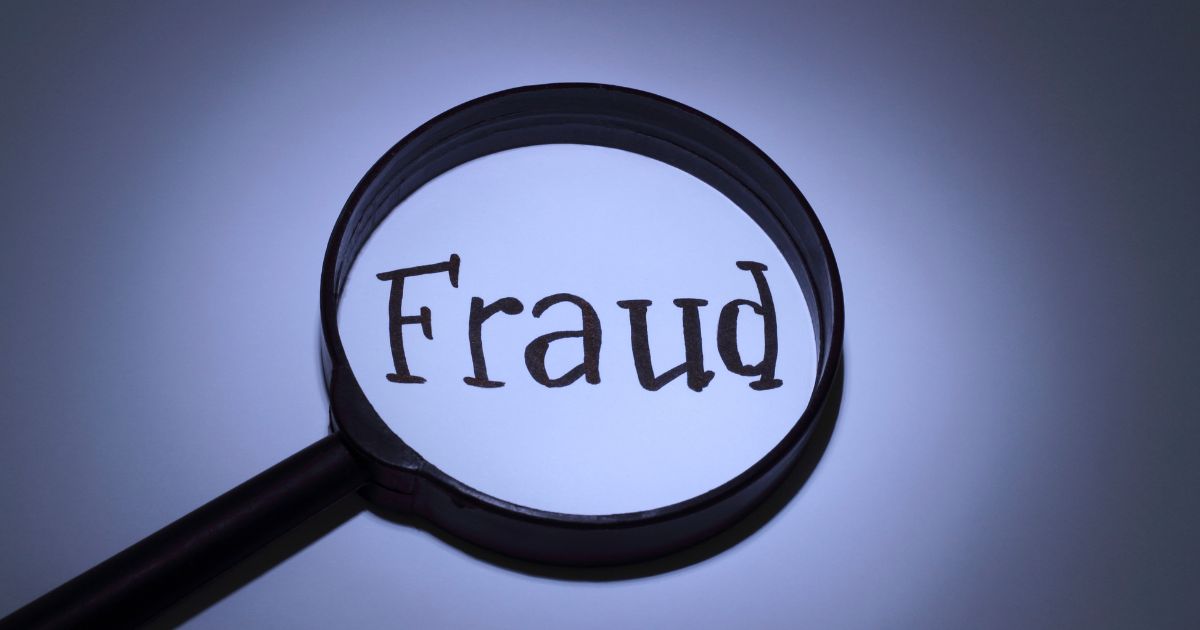· Financial Security · 4 min read
How to Recognize and Respond to Credit Card Fraud Alerts
Credit card fraud is a growing threat in the digital age. Learn how to recognize legitimate fraud alerts, respond effectively, and secure your finances against unauthorized transactions. Stay informed and protected.
.v6LwWvSx.jpeg)
Credit card fraud is one of the most common financial crimes in the digital age. Fraud alerts are a crucial tool in combating this threat, offering an early warning system to protect your finances. But how can you differentiate between a legitimate fraud alert and a scam? And what steps should you take when you receive one? Let’s dive into the details.
Understanding Credit Card Fraud
What Is Credit Card Fraud?
Credit card fraud occurs when someone uses your card or card details without permission to make unauthorized transactions. It can happen online, over the phone, or in-person, and the repercussions can range from minor inconveniences to significant financial losses.
Common Types of Credit Card Fraud
Card-Not-Present Fraud: Fraudsters use your card details for online or phone transactions without physically possessing the card.
Skimming: Devices attached to ATMs or payment terminals steal card information during legitimate transactions.
Phishing Scams: Fraudsters trick you into sharing sensitive card details via fake emails or messages.
How Fraud Alerts Work
What Is a Fraud Alert?
A fraud alert is a notification sent by your credit card issuer when unusual or suspicious activity is detected. These alerts aim to prevent further unauthorized transactions by prompting you to verify your recent activity.
Types of Fraud Alerts
Temporary Alerts: These last for a short period and are typically added when you suspect fraud.
Extended Alerts: These last up to seven years and are used for confirmed fraud victims.
How Credit Card Issuers Detect Fraud
Banks use advanced AI systems and transaction monitoring to detect anomalies, such as purchases outside your usual spending patterns or from unfamiliar locations.
Recognizing a Fraud Alert
Signs of a Legitimate Fraud Alert
Sent via official channels like your bank’s app, email, or SMS.
Includes specific transaction details for verification.
Asks for a simple “Yes” or “No” response to confirm activity.
Red Flags of Fake Fraud Alerts
Messages demanding urgent action without transaction details.
Requests for sensitive information, like your card PIN or full account number.
Generic greetings and poor grammar.
Responding to a Fraud Alert
Immediate Steps to Take
Contact your bank directly using the number on the back of your card.
Verify the suspicious transactions with your issuer.
Follow their instructions to secure your account.
Do’s and Don’ts
Do: Use official communication channels to address concerns.
Don’t: Click on suspicious links or share sensitive details.
Locking Your Card
Most banks allow you to lock your card temporarily via their app if fraud is suspected. This prevents unauthorized use while you investigate.
Preventing Credit Card Fraud
Tips for Securing Your Credit Card
Use unique, strong passwords for online accounts.
Never share your card details over email or unsecured platforms.
Regular Monitoring of Transactions
Review your credit card statements and transaction history regularly. Early detection of unauthorized charges is crucial.
Using Fraud Prevention Tools
Enable multi-factor authentication for online accounts and set up transaction alerts to stay informed.
What to Do if You’re a Victim of Fraud
Steps to Recover
Report unauthorized transactions to your bank immediately.
File a report with local law enforcement.
Rebuilding Your Financial Security
Monitor your credit report for unusual activity.
Dispute unauthorized charges to restore your account balance.
Conclusion
Recognizing and responding to credit card fraud alerts is essential for protecting your financial health. Stay vigilant, educate yourself about potential scams, and use the tools available to safeguard your account.
FAQs
What should I do if I receive a fraud alert but don’t recognize the transaction?
Immediately contact your card issuer to confirm the details and lock your card if necessary.How can I confirm if a fraud alert is legitimate?
Check for official communication channels and specific transaction details. Contact your bank to verify.What tools can help me prevent credit card fraud?
Fraud detection apps, multi-factor authentication, and transaction alerts are highly effective.Can credit card fraud affect my credit score?
Yes, unresolved fraud can lead to unpaid charges, which may negatively impact your score.What are the most common signs of a compromised card?
Unrecognized transactions, declined legitimate purchases, or alerts about unusual activity are key indicators.



